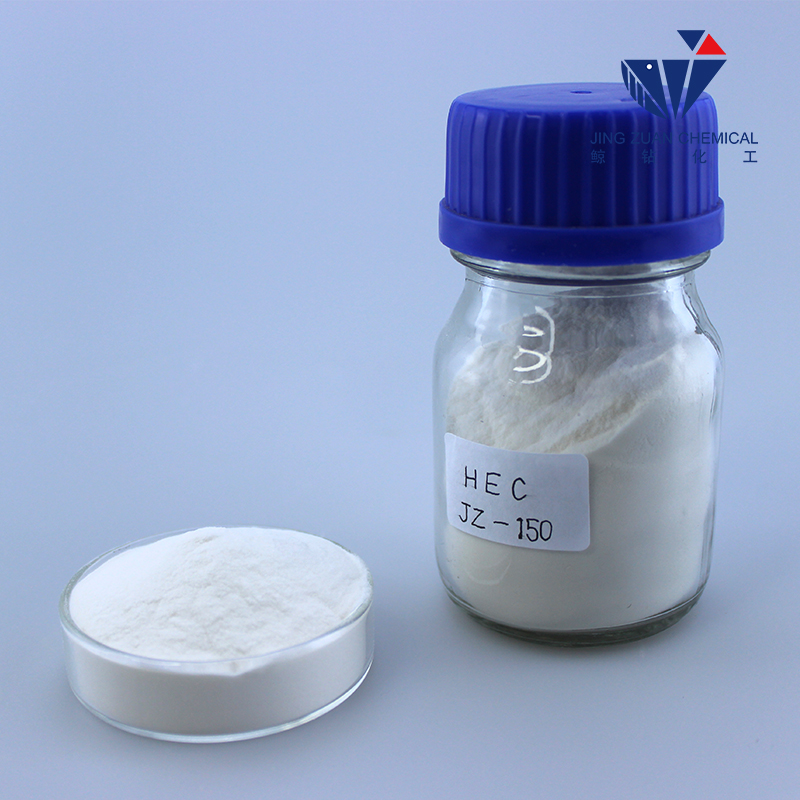
Okt . 16, 2024 14:28 Back to list
Exploring the Applications and Benefits of Hydroxyethyl Cellulose in Various Industries
Hydroxyethyl Cellulose An Overview
Hydroxyethyl cellulose (HEC) is a non-ionic, water-soluble polymer derived from cellulose, a natural polymer found in the cell walls of plants. As a derivative of cellulose, HEC combines some of the most beneficial properties of natural polymers with enhanced functionalities that make it a valuable ingredient across various industries. This article delves into the characteristics, applications, and advantages of hydroxyethyl cellulose.
Chemical Structure and Properties
HEC is produced through the etherification of cellulose, where ethylene oxide reacts with hydroxyl groups present in cellulose fibers. The resulting compound retains the structural backbone of cellulose while simultaneously introducing hydroxyethyl groups. This modification imparts water solubility, viscosity, and thickening properties to the polymer. HEC comes in various grades, differing mainly in viscosity, which can be tailored for specific applications.
One of the most noteworthy features of HEC is its ability to act as a thickening agent in aqueous solutions. The polymer exhibits pseudoplastic behavior, meaning that its viscosity decreases under shear stress, making it easier to apply in formulations such as paints, coatings, and cosmetics. Additionally, HEC possesses good thermal stability, which allows it to maintain its properties over a range of temperatures, making it particularly useful in formulations requiring heat processing.
Applications of Hydroxyethyl Cellulose
HEC has a wide array of applications across several industries, including pharmaceuticals, food, cosmetics, and construction materials.
1. Pharmaceuticals In the pharmaceutical industry, HEC is widely used as a binder, thickener, and stabilizer in various formulations. It serves as an essential ingredient in suspensions, ointments, and gels, enhancing their texture and stability while ensuring that the active ingredients are effectively delivered.
2. Food Industry HEC is recognized as a food additive, primarily used as a thickening and stabilizing agent in a variety of products such as sauces, dressings, and dairy products. Its ability to retain moisture and impart a desirable texture makes it an essential ingredient in processed foods.
hydroxyethyl cellulose

3. Cosmetics and Personal Care Products The cosmetic industry utilizes HEC for its thickening and film-forming properties. It is commonly found in lotions, creams, shampoos, and conditioners, enhancing the rheological properties and stability of these products.
4. Construction In construction, HEC is employed as an additive in cement and mortar formulations. It improves workability, water retention, and adhesion properties, contributing to the overall durability and performance of construction materials.
5. Chemical and Industrial Applications HEC is also used in various industrial applications, such as textile processing and oil drilling. Its capacity to modify the viscosity of solutions makes it a valuable component in creating high-performance products in these sectors.
Advantages of Hydroxyethyl Cellulose
The advantages of using hydroxyethyl cellulose in formulations are numerous. One of the most significant benefits is its non-toxic nature and biodegradability, making it a safe option for use in products intended for human consumption and personal care. Moreover, HEC is compatible with a wide range of other ingredients, allowing formulators flexibility in product development.
Another key benefit is HEC's ability to enhance the physical properties of formulations. It not only improves texture and consistency but also contributes to the stability and shelf-life of products. Furthermore, HEC's water-retention properties are particularly advantageous in industries such as construction, where moisture retention is critical for curing processes and preventing cracking.
Conclusion
Hydroxyethyl cellulose is a versatile and valuable polymer that plays a significant role across various industries. Its unique properties, combined with its ease of use and safety, make it an indispensable ingredient in many formulations. As the demand for eco-friendly and sustainable materials continues to grow, HEC's biodegradable nature further solidifies its position as a preferred choice for a wide array of applications.
-
Versatile Hpmc Uses in Different Industries
NewsJun.19,2025
-
Redispersible Powder's Role in Enhancing Durability of Construction Products
NewsJun.19,2025
-
Hydroxyethyl Cellulose Applications Driving Green Industrial Processes
NewsJun.19,2025
-
Exploring Different Redispersible Polymer Powder
NewsJun.19,2025
-
Choosing the Right Mortar Bonding Agent
NewsJun.19,2025
-
Applications and Significance of China Hpmc in Modern Industries
NewsJun.19,2025







